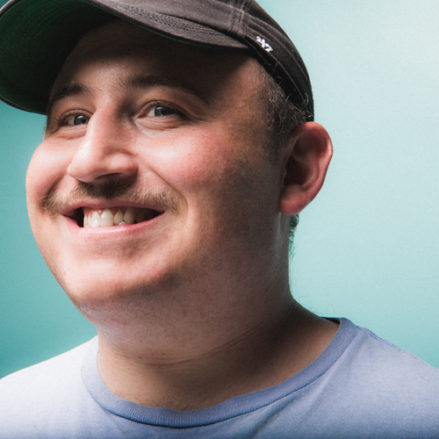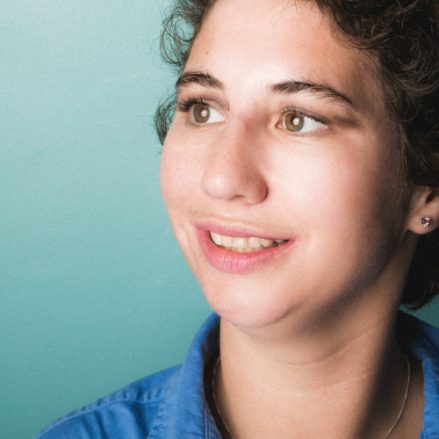At Center for Independent Futures, our Life Skills Tutors commit to providing person-centered planning and life skills development. From day one, we have understood the power of asking an individual, “What are your hopes and dreams?” We are proud to have been one of the first agencies in Illinois to put the individual at the heart of our services. As more agencies ask themselves how to implement person-centered services, we want to share our experiences with you.
What is Person-Centered Planning?
 Historically, people with disabilities were institutionalized and excluded from society. However, over time American society has come to realize that institutions are not the answer. Moving away from institutions, states have largely chosen their own standards of care and have created new policies at varying rates.
Historically, people with disabilities were institutionalized and excluded from society. However, over time American society has come to realize that institutions are not the answer. Moving away from institutions, states have largely chosen their own standards of care and have created new policies at varying rates.
Person-centered planning is one of these policies that states are implementing at different speeds. At the core of this policy lies an individual’s vision for their own future. The goal of person-centered planning is to support an individual with disabilities in creating the future of their dreams. A tutor or team then decides on necessary supports based on individual goals.
These personalized support plans are never cookie-cutter designs. They are based on individual dreams, and then enacted using individualized support options. Because person-centered care is radically different from traditional supports for people with disability, sometimes agencies struggle with this change and wonder: how can we implement these ideas?
How Does Person-Centered Work?
 In our office, we think of person-centered care as continued evaluation of a person’s hopes and dreams – and the action steps necessary to achieve their goals. With our participants, we begin by meeting with the individual’s support group, made up of family, friends, and community members.
In our office, we think of person-centered care as continued evaluation of a person’s hopes and dreams – and the action steps necessary to achieve their goals. With our participants, we begin by meeting with the individual’s support group, made up of family, friends, and community members.
We begin by asking about hopes and dreams, and then we identify obstacles and assets. This information helps to define goals and create action plans. Throughout this process, we listen, look, and learn to understand how we can best help someone create and reach goals.
Supplemented by our skills inventory and curriculum, individuals work with tutors to identify what life skills can help attain goals. Each part of person-centered care requires reflection and revision from time to time. As skills develop or dreams change, these plans have to be flexible enough to allow for new ideas.
Want to Learn More?

In the last 5 years, Illinois mandated that by 2022 all agencies must use person-centered planning to work with their participants and clients. For agencies and educators, we offer our My Full Life™ online application. My Full Life includes an in-depth skills inventory, plus the most comprehensive skills curriculum available.
If you are interested in learning more, please visit our Schools & Agencies page and request more information through our My Full Life form. We can’t wait to help you on the journey to providing person-centered care.

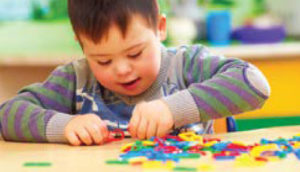 Self-determination skills are developed through a combination of skills, knowledge, and beliefs. Those pieces of self-determination help people engage in goal-directed, self-regulated, autonomous activity. Learning how to act in a self-directed manner empowers every student who gains these skills.
Self-determination skills are developed through a combination of skills, knowledge, and beliefs. Those pieces of self-determination help people engage in goal-directed, self-regulated, autonomous activity. Learning how to act in a self-directed manner empowers every student who gains these skills. Invest time in facilitating student-driven IEPs and transition planning, and check in with students to make sure they are prepared for meetings. All students are capable of being involved in planning their life.
Invest time in facilitating student-driven IEPs and transition planning, and check in with students to make sure they are prepared for meetings. All students are capable of being involved in planning their life.
 Every person has a complex identity that is made up of many parts, which can sometimes come into conflict. Those way those parts of your identity work together are known as
Every person has a complex identity that is made up of many parts, which can sometimes come into conflict. Those way those parts of your identity work together are known as 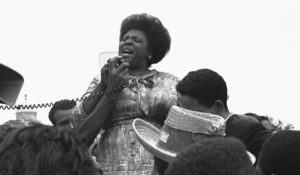 Fannie Lou Hamer was born in Mississippi at the beginning of the twentieth century. She was born into a family of sharecroppers, and she picked cotton for the first part of her life. Over the course of her life, she became a leader of the Civil Rights Movement, a powerful speaker who engaged crowds much like Dr. Martin Luther King Jr. did.
Fannie Lou Hamer was born in Mississippi at the beginning of the twentieth century. She was born into a family of sharecroppers, and she picked cotton for the first part of her life. Over the course of her life, she became a leader of the Civil Rights Movement, a powerful speaker who engaged crowds much like Dr. Martin Luther King Jr. did.  The obstacles that come along with being both black and having a disability have not ended since Hamer’s death in 1977. Today, a leader for the black disability community is Vilissa Thompson, creator of the
The obstacles that come along with being both black and having a disability have not ended since Hamer’s death in 1977. Today, a leader for the black disability community is Vilissa Thompson, creator of the 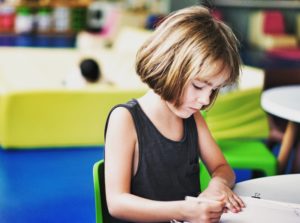 Learning self-advocacy means developing a set of skills that are based on self-knowledge, communicating your understanding, and knowing your rights. When educators teach self-advocacy skills to students with disabilities, that knowledge opens doors to success that might otherwise never have appeared.
Learning self-advocacy means developing a set of skills that are based on self-knowledge, communicating your understanding, and knowing your rights. When educators teach self-advocacy skills to students with disabilities, that knowledge opens doors to success that might otherwise never have appeared.  Begin by understanding the students’ strengths and weaknesses. Teachers can conduct a skills assessment, and then they should try to focus on the strengths. Starting with strengths helps students refrain from internalizing low expectations. With a solid understanding of their talents, students will leave class with greater self-awareness.
Begin by understanding the students’ strengths and weaknesses. Teachers can conduct a skills assessment, and then they should try to focus on the strengths. Starting with strengths helps students refrain from internalizing low expectations. With a solid understanding of their talents, students will leave class with greater self-awareness. Teachers who want to support students in upholding their rights should try to create learning activities that engage all of their students on this topic. Some schools are beginning to move toward
Teachers who want to support students in upholding their rights should try to create learning activities that engage all of their students on this topic. Some schools are beginning to move toward  Teaching current students how to advocate for themselves is obviously crucial to their post-school success. But what about adults with disabilities who weren’t taught self-advocacy skills in school? My Full Life™ can help. An online learning management system,
Teaching current students how to advocate for themselves is obviously crucial to their post-school success. But what about adults with disabilities who weren’t taught self-advocacy skills in school? My Full Life™ can help. An online learning management system,

 We are proud to offer these workshops and classes to the Evanston and North Shore communities. To the Woman’s Club of Evanston, we want to offer our thanks for making these events possible.
We are proud to offer these workshops and classes to the Evanston and North Shore communities. To the Woman’s Club of Evanston, we want to offer our thanks for making these events possible.  We are proud to announce our 2018 housing conference
We are proud to announce our 2018 housing conference  Our keynote speaker, Micaela Connery, is the founder and CEO of
Our keynote speaker, Micaela Connery, is the founder and CEO of  Our endnote speaker, former Mayor David Pope, will share how you can effectively engage elected leaders and city administrators in your community. David now works with
Our endnote speaker, former Mayor David Pope, will share how you can effectively engage elected leaders and city administrators in your community. David now works with 

 Center for Independent Futures hit the road again last month! Schools Consultant Chrissy and Community Life Coordinator Cynthia flew to Dallas in the middle of July. They faced the heat of Texas to present to the National Down Syndrome Congress (NDSC) Conference.
Center for Independent Futures hit the road again last month! Schools Consultant Chrissy and Community Life Coordinator Cynthia flew to Dallas in the middle of July. They faced the heat of Texas to present to the National Down Syndrome Congress (NDSC) Conference.  In 1990, Congress passed the Americans with Disabilities Act (ADA) in a step to shift the country toward accessibility for all. The 28th anniversary of the bill’s passage is on July 26th. Since 1990, the ADA has been defined and redefined again to include all levels of disabilities, including mental health challenges.
In 1990, Congress passed the Americans with Disabilities Act (ADA) in a step to shift the country toward accessibility for all. The 28th anniversary of the bill’s passage is on July 26th. Since 1990, the ADA has been defined and redefined again to include all levels of disabilities, including mental health challenges. All government buildings and offices, as well as businesses and nonprofits, must be accessible to people with disabilities on an equal basis as others. The
All government buildings and offices, as well as businesses and nonprofits, must be accessible to people with disabilities on an equal basis as others. The

